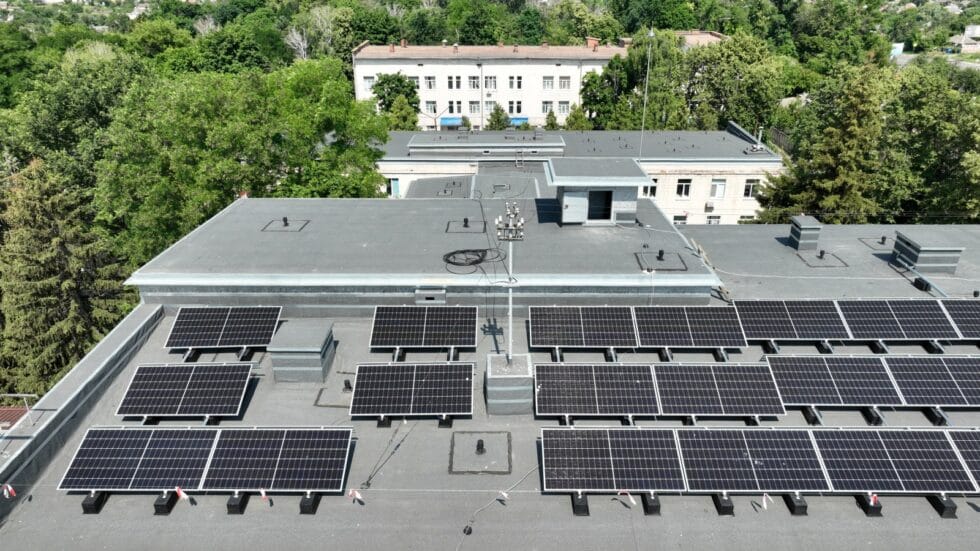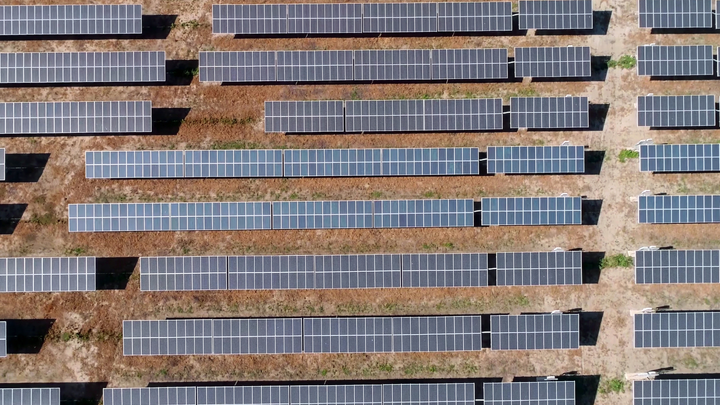Ukraine Meets Up to One-Third of Daytime Electricity Needs with Solar Power, Analyst Says

Ukraine is meeting up to one-third of its daytime electricity needs through solar power during bright, cloudless days, according to Alexander Paraschiy, an analyst at Concord Capital, RBC-Ukraine reported.
"During the day, the sun saves us (solar power plants), which on bright days around noon can provide a third of our electricity consumption needs. However, the sun sets in the evening, just when electricity consumption is at its peak," Paraschiy noted in a statement.
In the evening hours, hydroelectric power plants (HPPs), pumped-storage power plants (PSPPs), and thermal power plants (TPPs) operate at full capacity. Despite this, Paraschiy pointed out that their full capacity, even with imported electricity, may not be enough, leading to partial outages in the evenings.
He also mentioned that the next four months might be more challenging due to seasonally reduced water levels in rivers, which would result in significantly lower output from HPPs, and potential decreases in capacity from other sources (TPPs/NPPs) due to seasonal maintenance campaigns.
Paraschiy anticipates that the autumn-winter period could be slightly easier as all power generation facilities complete their maintenance, partially recover from damage, and increase available capacity, with combined heat and power plants ramping up production.
"However, it is better to prepare for difficulties. Electricity needs to be consumed responsibly. This means that everyone should adopt the habit of strictly and meticulously scheduling the use of high-power household appliances at any time other than sunny days," Paraschiy added.
As previously reported, the Federation of Employers of Ukraine stated that industrial enterprises intend to develop a system of distributed generation in response to power outages and have proposed a list of priority strategic solutions to the government to stimulate the implementation of new energy projects.




